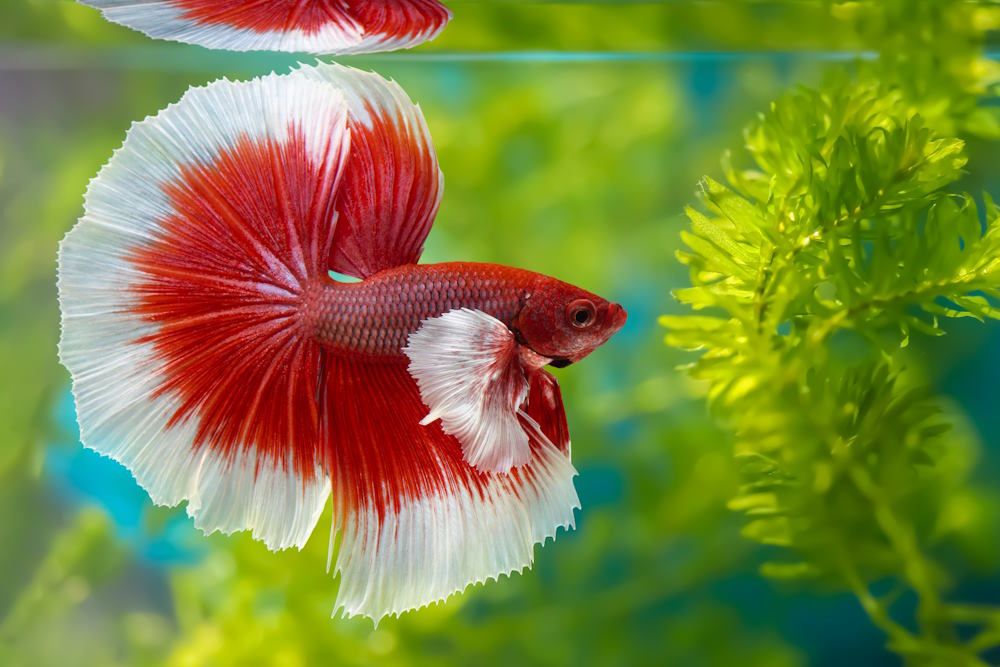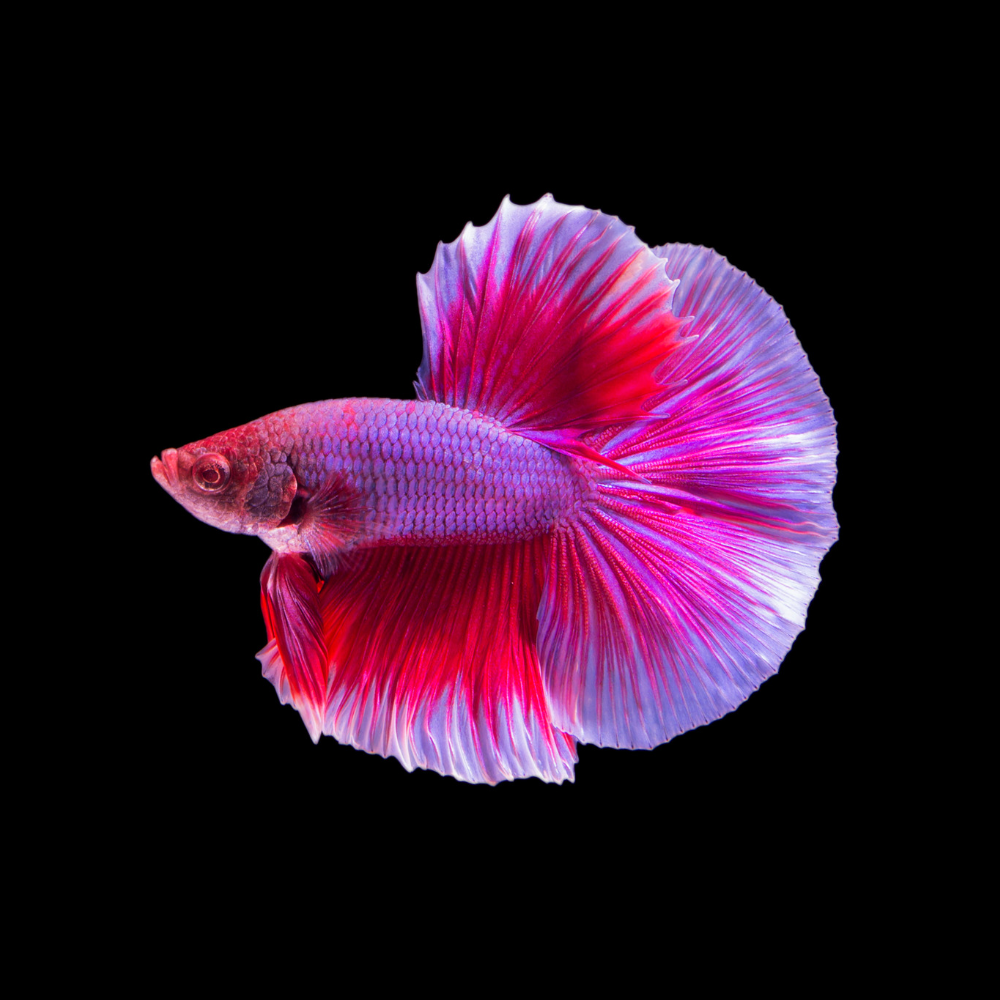Betta Fish Care: Important Tips for a Healthy And Balanced and Delighted Family Pet
Betta Fish Care: Important Tips for a Healthy And Balanced and Delighted Family Pet
Blog Article
Exactly How to Reproduce Betta Fish Efficiently: Expert Methods and Insights for Hobbyists Looking to Increase Their Betta Collection
Breeding Betta fish needs a nuanced understanding of genes and ecological problems, making it essential for enthusiasts to approach the process with both persistance and care. Developing an optimum breeding environment, choosing the right pairs, and observing the complexities of their courtship actions are fundamental actions that can considerably affect the result.
Recognizing Betta Fish Genes
Understanding the genes of Betta fish is crucial for effective reproduction, as it influences characteristics such as color, fin shape, and actions. Betta fish show a varied array of shades and patterns, mainly figured out by their genetic makeup.
Along with pigmentation, fin morphology is one more considerable aspect of Betta genes (betta fish). The shape and size of fins are affected by different genes, consisting of those that establish whether the fins are short, long, or veil-shaped. Understanding these hereditary variations helps dog breeders anticipate the phenotypic outcomes of their children
Furthermore, behavior qualities such as aggressiveness and territoriality can additionally be influenced by genetics. These habits play an important duty in the breeding procedure, as they can impact spawning success and the overall personality of the resulting fry. By thoroughly recognizing these genetic concepts, breeders can make enlightened decisions, inevitably improving their reproduction programs and accomplishing preferable results.
Preparing the Reproduction Environment
Developing an optimal breeding atmosphere is vital for the effective recreation of Betta fish. The initial step in preparing this atmosphere is to choose an ideal breeding tank, ideally ranging from 5 to 10 gallons.
Following, take into consideration the use of a sponge filter or an air stone to give mild water flow without producing solid currents that can emphasize the fish. It is important to set up plants or breeding cones to use concealing places and advertise convenience for the female during the spawning process. Floating plants, such as Java moss or water sprite, can likewise produce a much more all-natural atmosphere while promoting bubble nest structure by the man.
Prior to presenting the reproducing sets, make certain the water is conditioned and without hazardous chemicals, such as chlorine or heavy metals. betta fish. Regular water changes should be conducted to keep optimum water top quality, boosting the opportunities of effective reproduction. With these preparations in place, the breeding environment will certainly support the wellness and wellness of both Betta fish
Choosing Breeding Pairs
Selecting the right reproduction pairs is important for accomplishing successful Betta fish recreation. When selecting your breeding pairs, take into consideration a number of essential variables consisting of health and wellness, temperament, and genes. Healthy and balanced Betta fish display dynamic shades, clear eyes, and energetic behavior. Picking fish that are without condition makes sure a better opportunity of creating practical spawn.
Personality is another essential consideration, as Betta fish are recognized for their aggressive nature. It is suggested to choose a man and woman that show compatible personalities to reduce stress during the reproducing process. A tranquil male can motivate a smoother courtship, while a lady that is as well hostile may interrupt the procedure.
Genetic history additionally plays a considerable duty in the quality of the children. Reproducing fish that are genetically diverse can minimize the threat of hereditary health and wellness concerns and enhance the general vitality of the fry. It click here to find out more is useful to look into the lineage of both the man and female, focusing on preferable characteristics such as fin kind, color scheme, and dimension.
The Breeding Process
The reproduction procedure of Betta fish calls for careful planning and focus to information to ensure a successful end result. It is essential to prepare an ideal breeding container, ideally a 5-10 gallon aquarium with a temperature level kept at 78-80 ° F. The tank should be geared up with a heating websites unit, filter (ideally sponge kind to stay clear of solid currents), and lots of marine plants for the lady to conceal.
As soon as the environment is set, present the picked reproducing set to the container, permitting them to accustom. Observe their habits; the male will display intricate courtship routines, consisting of flaring his fins and constructing a bubble nest. If the lady reveals interest, she will display vertical red stripes showing preparedness for spawning.
When the woman is receptive, the set will engage in a mating accept, during which the male feeds the eggs. Preserving optimal water problems throughout this period is essential for the growth of healthy Betta fry.
Taking Care Of Betta Fry

Feeding Betta fry is essential, as they need a diet regimen high in healthy protein. Initially, they can be fed infusoria or liquid fry food, transitioning to finely crushed high-grade pellets as they grow. Feed tiny parts numerous times a day to urge healthy and balanced growth without overloading the tank with uneaten food.

As they mature, check their growth carefully and separate any type of aggressive people to prevent injury. By offering a supporting environment and proper nutrition, enthusiasts can effectively elevate Betta fry into lively, healthy fish, eventually boosting their breeding undertakings.
Conclusion
Effective Betta fish reproduction calls for thorough focus to hereditary option, ecological problems, and treatment for the fry. By understanding the genetics of Betta fish and preparing an appropriate breeding environment, hobbyists can enhance the chances of producing lively, healthy and balanced children.
Report this page